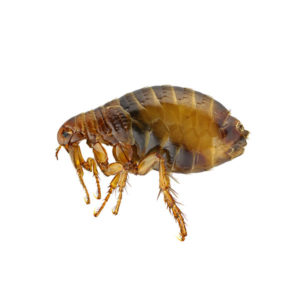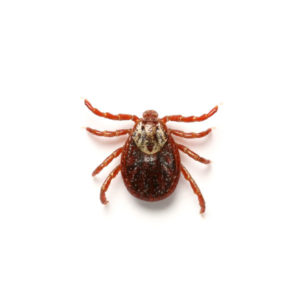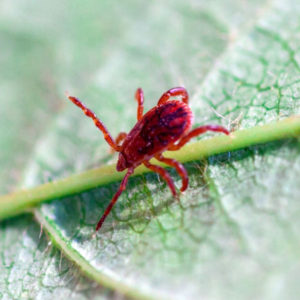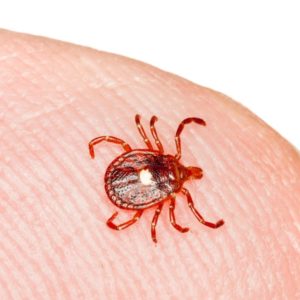Spider Mites in Broken Arrow OK
Spider mites are the most common mite pests and among the most universal of all garden and farm pests. Mites pests feed on houseplants, fruit trees, vines, berries, vegetables, and ornamental plants. Although related to insects, mites aren’t actually insects but members of the arachnid class along with spiders and ticks. Spider mites are tiny eight-legged animals closely related to spiders and are important pests of ornamental trees, shrubs, and bedding plants. Under favorable conditions, spider mites can build up rapidly and seriously threaten plant health.
Spider Mite Habitat
Spider mites may feed and reproduce all year on plants that retain their green leaves throughout the winter, such as indoor houseplants. In colder areas and on deciduous trees that drop their leaves. They begin feeding and laying eggs when warm weather returns in spring. Spider mites feed on plant leaves by piercing leaf tissues and sucking the green liquid that oozes out. Leaves appear bronzed after the green color is lost from many tiny feeding spots. Heavily infested leaves and branches can become covered with an almost invisible webbing.
Spider Mite Behaviors, Threats, or Dangers
Spider mites reproduce rapidly in dry, hot weather and are most common from June through September. Mites cause damage by sucking cell contents from leaves. At first, spider mite damage will appear as small yellow or brown spots on the leaves of plants. If the plant is heavily infested, the plant’s health will suffer and it may develop completely yellow leaves and stop growing. Spider mite damage may also include a telltale spider webbing on the plant. Damage is usually worse when compounded by water or drought stress. If you are dealing with spider mites, it’s important to always enlist the help of a professional tick & mite control expert.





